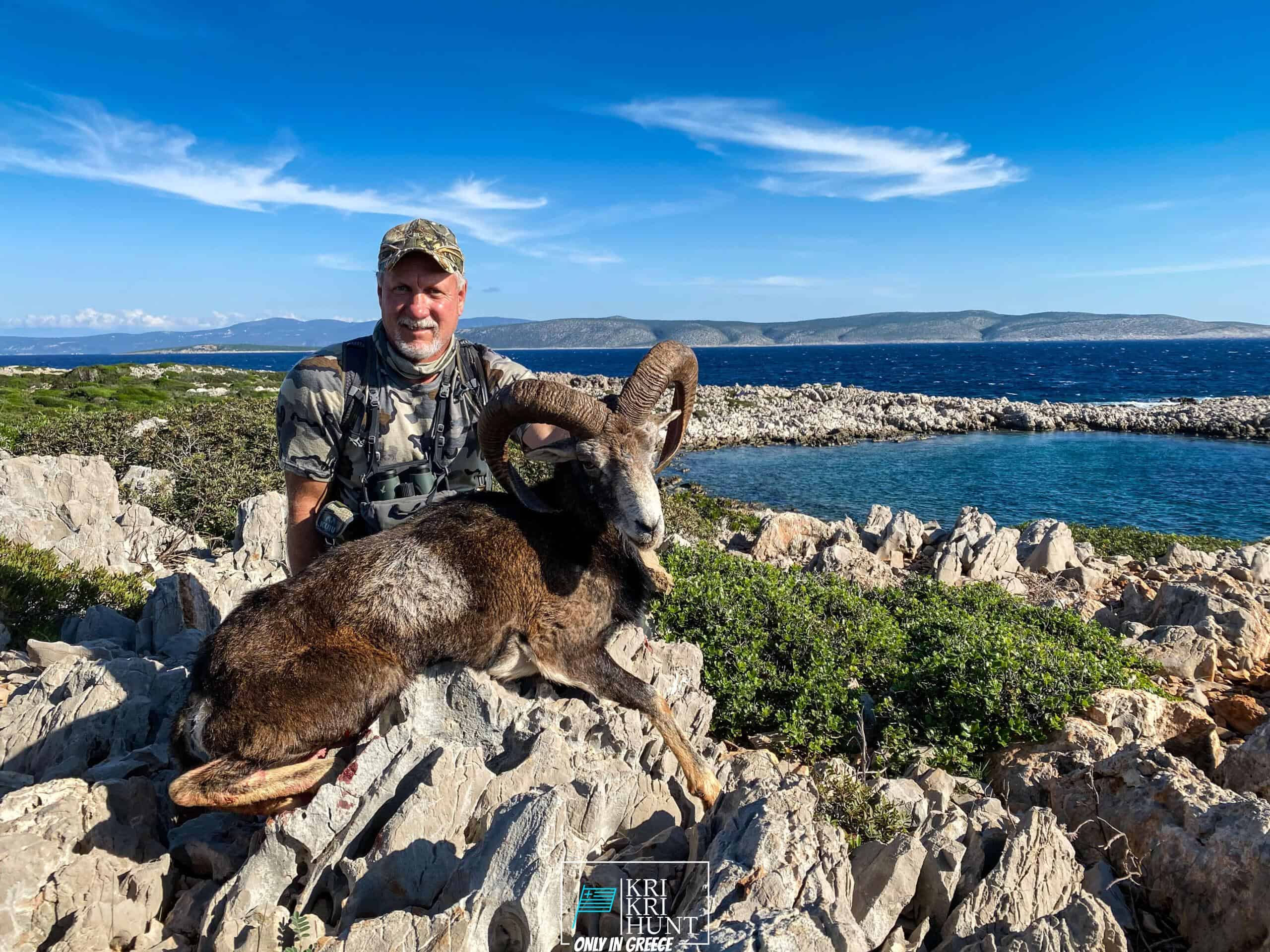Hunting totally free variety Kri Kri ibex in Greece
Hunting totally free variety Kri Kri ibex in Greece
Blog Article

The Kri Kri ibex search in Greece is an incredible hunting vacation and an exciting hunting expedition all rolled into one. Hunting for Kri Kri ibex is an unpleasant experience for most of hunters, however except me! It's an unbelievable hunt for a gorgeous Kri Kri ibex on an exotic island as we explore ancient Greece, dive to shipwrecks, as well as hunt during five days. What else would you like?

Since it is not set, the number of Ibexes changes with the populace. The Ibexes of the Cretan Ibex reproduce Kri-Kri is the tiniest ibex in terms of body weight, but not horn size (Capra Aegagrus Cretica). A couple of specimens that went uncounted measured 115 centimeters (45 inches). The gold prize is 61 cm (24 inches) long. The Kri-Kri ibex is pursued in Greece at this time. Hunting is available on Atalanti and Sapientza. Searching is permitted on Atalanti from the last week of October to the initial week of December. Searching is permitted on Sapientza for the whole month of November, depending upon weather.
What to Expect on a Peloponnese Tour? You can anticipate to be blown away by the all-natural appeal of the area when you schedule one of our searching as well as touring Peloponnese Tours from Methoni. From the excellent beaches to the hills as well as woodlands, there is something for everybody to enjoy in the Peloponnese. In addition, you will certainly have the chance to taste several of the best food that Greece has to offer. Greek food is renowned for being tasty as well as fresh, and also you will absolutely not be let down. One of the very best parts concerning our trips is that they are created to be both enjoyable as well as instructional. You will learn more about Greek history and culture while additionally getting to experience it firsthand. This is a remarkable chance to submerse yourself in everything that Greece needs to offer.
There is truly something for everyone in the Peloponnese peninsula. Whether you are interested in history and also society or nature and also outside activities, this is an excellent location for your following holiday. If you are short in a timely manner, our hunting and touring Peloponnese Tours from Methoni is a great means to see whatever this awesome area has to offer.And finally, your Kri Kri ibex trophy is awaiting you.
What is the diference between Kri Kri ibex, Bezoar ibex and hybrid ibex
The kri-kri is not thought to be indigenous to Crete, most likely having been imported to the island during the time of the Minoan civilization. Nevertheless, it is found nowhere else and is therefore endemic to Crete. It was common throughout the Aegean but the peaks of the 8,000 ft (2,400 m) White Mountains of Western Crete are their last strongholds–particularly a series of almost vertical 3,000 ft (900 m) cliffs called ‘the Untrodden’—at the head of the Samaria Gorge. This mountain range, which hosts another 14 endemic animal species, is protected as a UNESCO Biosphere Reserve. In total, their range extends to the White Mountains, the Samaria National Forest and the islets of Dia, Thodorou, and Agii Pandes.
This Ibex is NOT a diminutive form of the Bezoar Ibex, which has migrated into the western-most reach of the range of this species. The kri – kri (Capra aegagrus cretica), sometimes called the Cretan goat, Agrimi, or Cretan Ibex, is a feral goat inhabiting the Eastern Mediterranean, previously considered a subspecies of wild goat. The kri-kri has a light brownish coat with a darker band around its neck. It has two horns that sweep back from the head. In the wild they are shy and avoid tourists, resting during the day. The animal can leap some distance or climb seemingly sheer cliffs.
“The agrimi goat Capra aegagrus cretica is unique to Crete and its offshore islands. It has been identi®ed as a sub-species of the wild bezoar goat Capra aegagrus aegagrus Erxleben, 1777, which it closely resembles in horn shape, body form and coloration. This classi®cation has been disputed by some researchers who claim that the agrimi are feral goats, derived from early domestic stock brought to the island by the ®rst Neolithic settlers. In order to clarify this issue, DNA analyses (cytochrome b and D loop sequences) were carried out on tissue of live and skeletonized agrimi and compared to sequences of wild and domestic caprines. Results conclusively show the agrimi to be a feral animal, that clades with domestic goats (Capra hircus) rather than with wild Asiatic bezoar. This study demonstrates that morphometric criteria do not necessarily re¯ect genetic af®nities, and that the taxonomic classi®cation of agrimi should be revised.”
Report this page